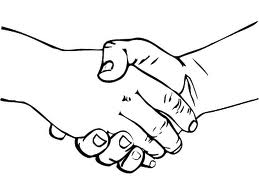If you had only 5 minutes to make a difference in the life of a stranger, how would you use it?
If, in an unexpected moment, a person whose daily world is not connected to yours, has opened themselves up and is ready to embrace your words, because, somehow, they know what you’re offering is something they need—what would you say?
Five minutes, a fleeting blip in a person’s lifespan, that’s all the time you’ve got.
If I were to meet a stranger—in a highway travel rest stop, let’s say, with picnic tables by a river—who has signaled confusion and frustration with their hearing loss (or worse, the intent to do nothing about it), and whose bus is leaving in 5 minutes, I hope I would say, “Do you have a moment to chat, here by the river?”
How would I compress a lifetime of learning to live with hearing loss into a few seconds? But I only have one shot with this stranger, and the bus’s running motor reminds me how little time we have, so I would try:
I have hearing loss too and here’s what has worked for me. Maybe it will work for you, too.
Admit It. Be honest about your hearing loss. Don’t try to hide it. Your secret grieving for the way things used to be won’t bring back the sounds. If you don’t admit it to yourself and others, things may only get worse. Being open about your difficulties may not be as hard as you think, because you will find that you’re not alone.
Get Help — it’s available and waiting. Learn about your hearing loss. Visit a hearing care professional. Reach out to consumer support groups for help and you will know you’re not alone.
Use Technology and Other Strategies. Hearing aids may give you back many of the sounds and much of the understanding that seem to have disappeared from your life. And many strategies don’t need a plug or a battery, like learning how to chat, just as we’re doing now at this picnic bench, facing each other. I know what you’re going through and you are not alone.
Tell People What You Need—because they won’t always know and they definitely won’t always remember. Explain what you need in order to hear better, tell your friends and family what they need to do – because if you can’t connect with them, you will be alone.
Communicate—this is a fundamental need in our lives. Like air, water, and food—we need communication to be human. You’ve lost some hearing and you can get a lot of it back. Life will be better. You’re not alone.
It was nice to meet you, have a good trip.
Although those aren’t the exact words, because I’d be rushing to get it all out, it is the gist of what I hope I’d say—if I had the opportunity. I imagine that every day, everywhere, there are people who turn 5 minutes of their life into a powerful connection with a stranger – and perhaps today, a person in pain over the loss of hearing and communication in their life will know, by the sixth minute, that help is waiting and that they are not alone.
*****************************************************************************************
A Milestone and a Thank-you:
Hearing Health and Technology Matters (HHTM) passed a major milestone this week with its one millionth page view and 500,000 unique visitors from 200 countries since our launch less than 3-1/2 years ago. HHTM continues to grow, thanks to a team of writers who collectively possess an unmatched wealth of experience and expertise that enables them to provide readers with lively, informative, unique content every single week. In producing the Better Hearing Consumer, I am proud to be a contributor to the success of HHTM—and we thank you for reading and helping us to grow.








Congratulations HHT&M!
oops HHTM
Thank you so much for your words. I have learned so much from you. I am starting a bible study this week and last year I went and missed more than half of it when people went around the table and read things and the rest of us just had to listen we didn’t have the text infront of us. I contacted the leader this weekend and just said that doesn’t work for me. I am going to need the text so I can follow along and be an active participant. I have to admit it wasn’t easy doing this but I
am MUCH more confident that this will be a good experience for me. Thanks for your words
http://www.ausomemomma.wordpress.com
Sara, I’m so pleased to hear that – good luck!
Gael – 5 great points for almost any (or is every) situation. Thank you, Bill
Admit It.
Get Help
Use Technology and Other Strategies
Tell People What You Need
Communicate